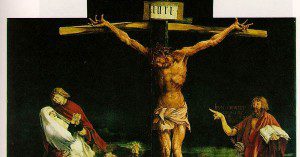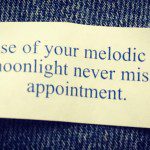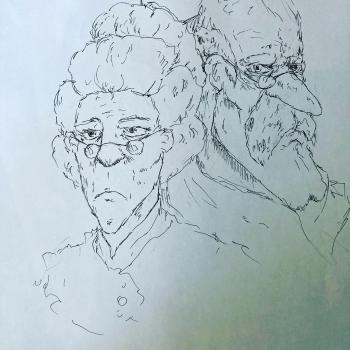One of the refrains Anthony Esolen returns to throughout Out of the Ashes is the elegant and desirable, “We can have that again.” When talking about academic institutions where sanity and truth reign, he says, “We can have that again.” When discussing all male associations where men aren’t crowded by political correctness and can be themselves, he says, “We can have that again.” When describing beautiful places of worship and hymns that people can actually sing, he says, that’s right, “We can have that again.” He pleads, in one rich paragraph after another, for a return to a time of sanity, of truth, and my favorite, beauty. As I said yesterday, I wish it could be so.
But as a person who endlessly circles around the Bible, I don’t think it can. At least, I think that wanting to return to something, to have something again, without really facing both what is happening now, and what it really was like when all the institutions hadn’t crumbled, will leave one with, one might say, another handful of ash.
Consider–which hopefully you will be doing this morning as you go to church, whether to a lofty and exalted structure, or a strangely remodeled Brady Bunch edifice like mine, or even a square, gray industrial box with no windows–the central reason for bothering to get up and go. Which is, I hope, to closely examine, at least for a few hours, One who was so much the embodiment of goodness, truth, and beauty, that, of all people in time and space, he is the only one who rightfully said, “I am the Truth.” In him the fullness of God came to dwell. There wasn’t any darkness anywhere near him at all. If you were looking for something beautiful, you wouldn’t have needed to look any farther than a young girl being lifted off of a death bed, a demon plagued man being restored to a right mind, a coward being forgiven and entrusted with a mercy that carried him all the way to his own cross. If you looked from each of these three, back to the one who stretched out his hand and spoke, you would see truth, beauty and virtue enfleshed.
So do go look at the cross. Which we have to keep doing because we keep getting confused about what it is we want. Back in the 80s, when the Moral Majority was encouraging a certain kind of living and a certain kind of ethic, when Focus on the Family was working up a practical way to make families function in a Christian way, a lot of people became confused about what the church is really for. Is it for right living? Is it a place where families are properly ordered? Is it a place where traditional marriage is honored? Is it a place where you come for your personal relationship with Jesus? What is it?
I mean, the confusion goes back a lot further than the Moral Majority. I always like to think it goes back all the way to the beginning. No, not to the signing of the Declaration of Independence, but to that cool, lush garden, where Adam and Eve confused themselves for the good and the beautiful.
The cross is the straightening out of the confusion. The Truth came and we rejected and killed him. There isn’t an uglier moment in human history. All the abuse, the ridicule, the injustice, the violence, the lying of our humanity was heaped up upon Jesus, fixed there, lifted up so that we could see him and live. The ugliness of our estate, the corruption of our minds and ways was picked up and held by God himself. And the crowd mocked, and the men hid, and the women wept.
If we have to go back to something, or have something again, it has to be the cross. No human association or solution to the perils of this age can rival the perfection, the beauty, the truth of Jesus at the cross.
And yet, we continue to want the beauty that flows out of it, not by clinging to the one who died and rose again, but by still trying to fix the various problems of the age. In some cases by retreating from the ugliness of all the lies to quietly rebuild what’s been broken. Not that rebuilding and quietness are bad in themselves. But they are if they themselves are the point. We are always confusing the blessings and beauty of a life in Christ, for the life itself. As if the proper order of the family was itself a salvation from the encroaching darkness of humanity’s rebellion against God. It’s not, though. The goodness of a human life or institution might be the outward sign that something is going well. But the something itself going well has to be a heart fixed irrevocably to the Savior.
Fortunately, we can have it all again, in some small measure, because I don’t think it was ever been completely gone. There are places–both buildings and minds–where the confusion of goodness and beauty has been untangled and restored. Pews all over the world this morning will be jumbled with people who get it and who don’t, with good families and bad, with ugliness and virtue. If they, just those who managed to stagger out of bed and get there, look to the one lifted up, the only beautiful one who can lift the ugliness of this mortal life, and pledge the heart and way, well, what would that signify? Not a big win for anyone. Not any cataclysm that restored order and beauty and virtue to society. But rather, for those few people, an overturning of the cosmos itself. An overturning that would gently ripple out towards eternity.













